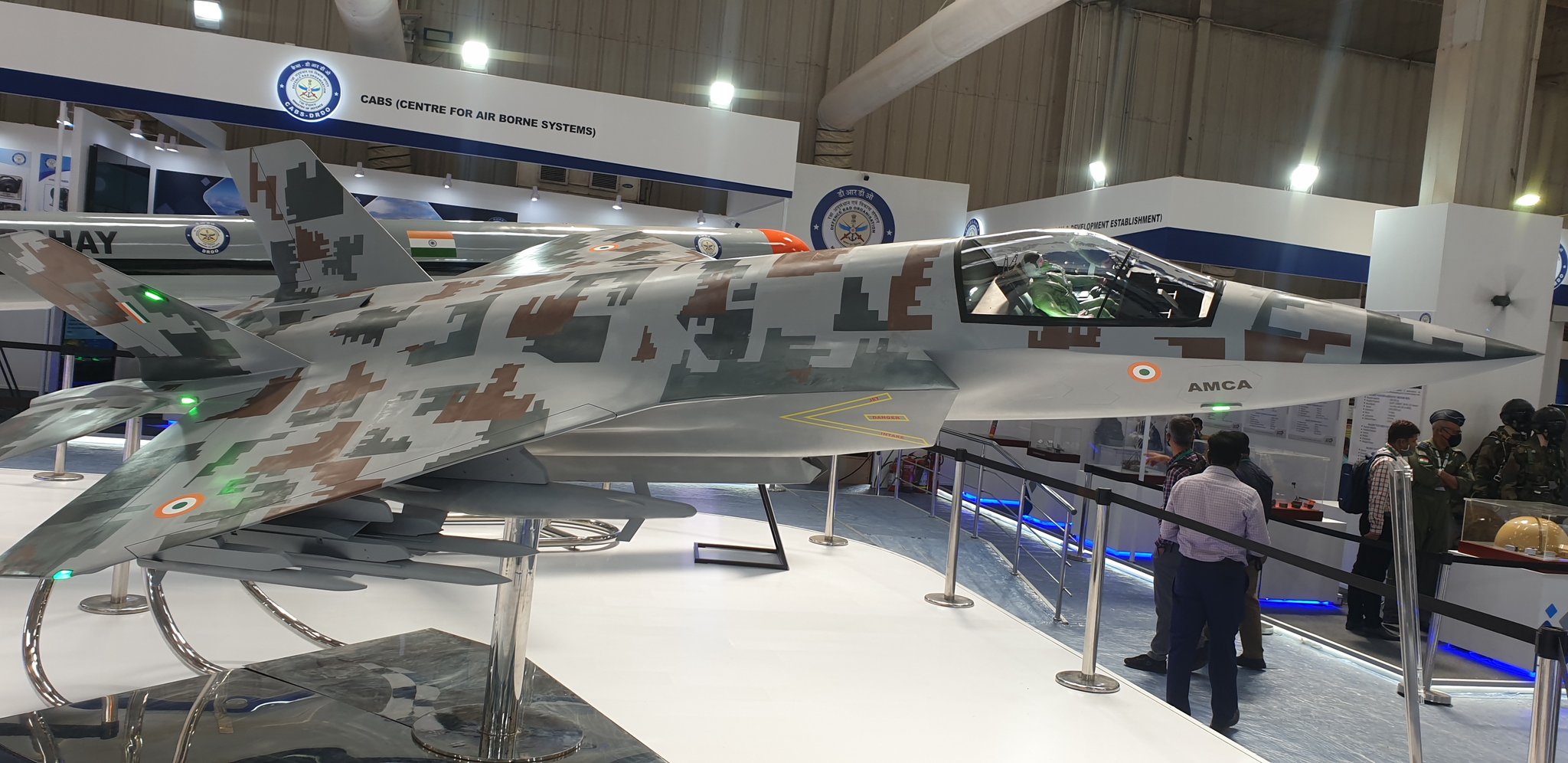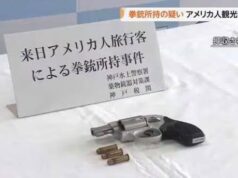India, will have, 54 Fighter Squadrons by 2035

Due to hype by a certain section in the Media, a huge concern has arisen among Indians over a perceived gap in our air defence capabilities.
Yes, due to mismanagement during the ‘lost decade’ of 2004 to 2014 a wide gap has emerged in not only the squadron numbers but also in timely acquisition of a 5th generation fighter.
To reduce the gap between India and its competitor China, necessary measures have been initiated to rapidly speed up India’s air superiority and deterrence capabilities.
With the United States unveiling its “sixth-generation” fighter prototype and China rapidly expanding its fifth-generation fleet, India too must ramp up its military aviation development.
Though here it needs to brought out that the STEALTH part of the 5th generation fighters has been overhyped.
Sukhoi 57 the Russian 5th generation fighter may or may not be as stealthy as F35 of the Americans but it neutralizes this factor by excelling in many other features like speed etc.
So there is no need for unnecessary panic over India’s current stealth fighter progress in the form of its indigenous Advanced Medium Combat Aircraft (AMCA) program.
By 2030 PLAAF is likely to be operating a J-20 fleet of around 400 aircraft or say 20 Squadrons. In addition by that time it may have even supplied Pakistan with around 40 x J35A ( boasting some stealth features ).
This is surely a matter of concern. Therefore our Super Sukhoi programme is being speeded up. These fighters with advanced avionics and advanced BVR air-to-air and air-to-ground missiles can take on the adversaries 5th generation fighters.
IAF has also begun deploying advanced air defence radars which can detect stealth fighters at longer ranges.
Next, the October 2024 warning issued by Air Chief Marshal Amar Preet Singh through his candid assessment of this technological gap and production rates of Tejas fighters has acted like a catalyst in MoD and PMO circles for tightening up research, various procedures and also speeding up production.
Supply of fighter engines for Tejas Mk1A has been streamlined and HAL should be delivering around 112 x Tejas Mk1 A by 2030. In addition there is going to be around 60 x Tejas Mk2 fighters.
However there is a clear need to involve a private firm to manufacture and deliver additional 80 to 90 Tejas Mk1A by 2030.For this we will be needing more engines from GE or our own Kaveri by 2028. Thus it is clear that Kaveri needs full support from PMO on lines of BRAHMOS / AGNI project.
The Advanced Medium Combat Aircraft represents India’s own indigenous effort to develop a fifth-generation stealth fighter.As per the Aeronautical Development Agency (ADA ) the first flight will occur by 2028-29, with induction in the 2030s.
So IAF can count on at least 60 x AMCA or 3 x Squadrons of these stealth fighters by 2035.
According to DRDO Chief Dr. Samir V Kamat, the AMCA Phase-I will utilise the GE-F414 engines.
With the above the likely Squadron Strength of IAF in the year 2035 is going to be :
3 x AMCA Squadron
15 x SU30 MkI squadron
2 x Rafale Squadron
9 x Tejas Mk2 Squadron
12 x Tejas Mk1A / Mk1 Squadron
3 x Mirage 2000 Squadron
Recognising the urgency of addressing both the numbers and capability gap the Govt should be determined and rightly so, to acquire around 7 x Squadron of Rafale through Govt to Govt deal with France.
Plan should be to acquire at least one Squadron directly from France and have the rest ‘Make in India’ by involving a Private Sector Company.In addition India should take full advantage of long standing defence relationship with Russia.
Therefore avoiding the F35 trap of the Americans, we need to go for co-producing around 120 x Su-57MKI fighters in India.
This would build up the Squadron Strength by adding another 13 x Squadrons by 2035. Thus by 2035 our IAF will have 57 fighters Squadrons to fight a two front War.
Thereafter AMCA and HMCA and Tejas Mk3 should be taking the strength to 63 Squadrons by 2045 for not only defending our airspace without undue worry but also enabling the IAF taking the battle deep into the enemy territory.
A high-level committee with Defence Secretary Rajesh Kumar Singh, Vice Chief of IAF Air Marshal SP Dharkar and Secretary of Defence Production Sanjeev Kumar is expected to submit its recommendations by the end of April 2025.
Think tanks of ADA, DRDO and others are providing full support to this Committee. They are working to streamline MoD processes, ensure timely funding, and prioritise critical technological developments to maximize the potential of India’s indigenous fighter program.
The committee’s recommendations will shape the future of the AMCA project and reduce the stealth capability gap through a viable production model to accelerate the AMCA’s development and induction.




